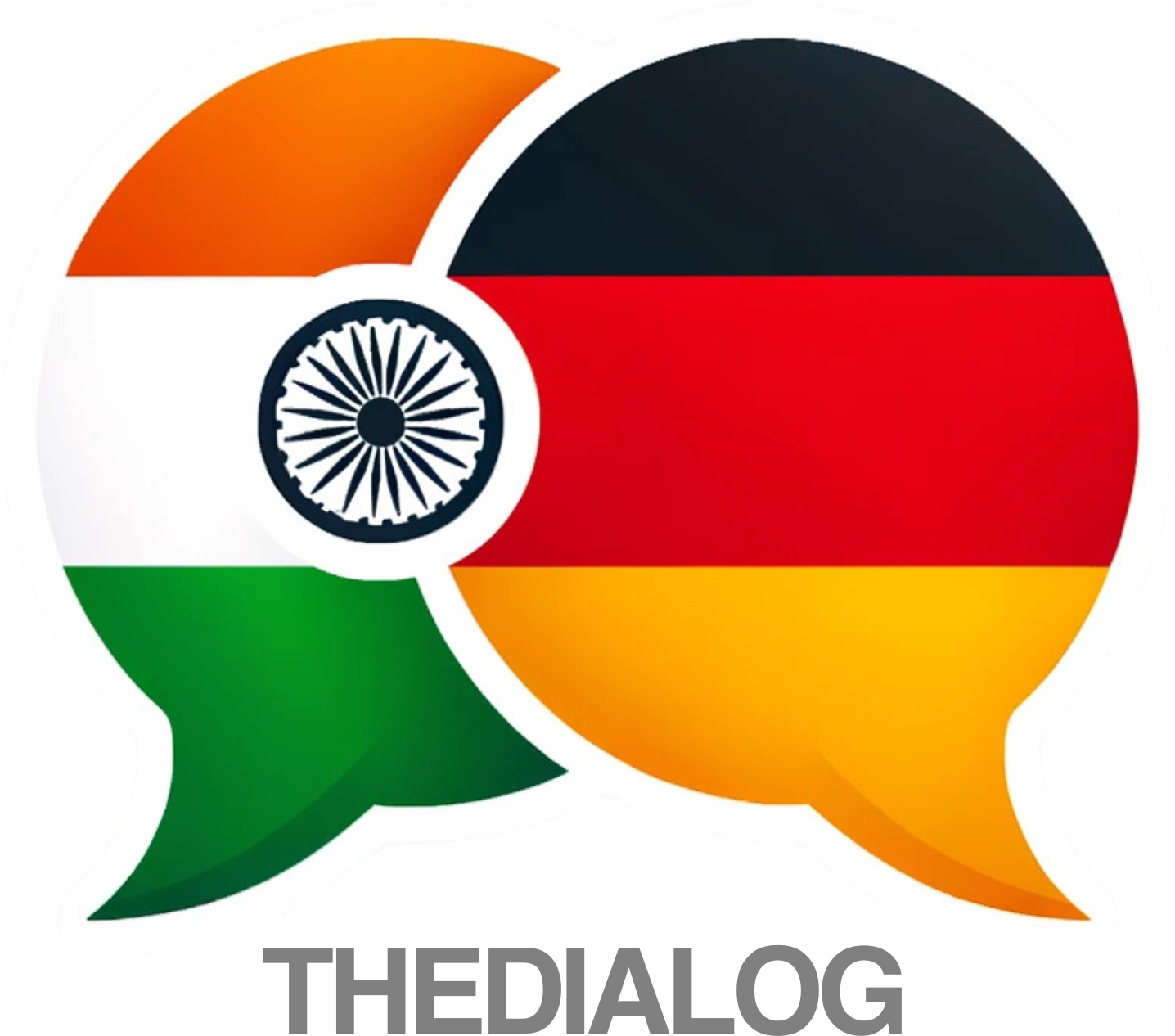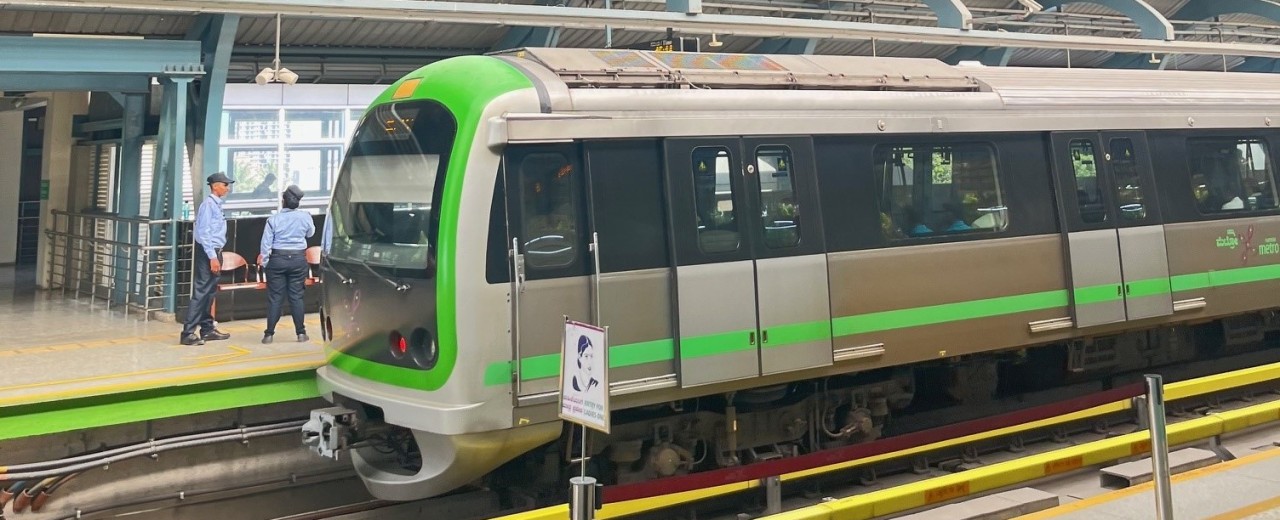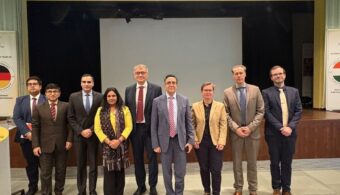Image Credit: www.kfw-entwicklungsbank.de
Bengaluru took a decisive step toward cleaner, faster commuting on 10 August as Prime Minister Narendra Modi inaugurated the Yellow Line of Namma Metro, a roughly 19-km corridor with 16 stations linking RV Road (Ragigudda) to Bommasandra. The new link is part of Phase-2, designed to ease chronic congestion across India’s tech hub.
German financing underpins Phase-2 build-out
Phase-2 has been strengthened by a €340 million promotional loan from KfW Development Bank (on behalf of Germany’s BMZ). KfW describes Phase-2 as adding about 75 km and 61 stations to the network, with multiple international financiers—AFD, EIB, AIIB, and JICA—supporting BMRCL’s delivery. A separate Government of India agreement pegs the Indian-rupee value at ₹3,044.54 crore.
Expected impact: more riders, fewer emissions
KfW’s project brief anticipates over 1.3 million daily passengers on the Phase-2 sections once stabilized, alongside up to 1.4 million tonnes of CO₂ avoided per year. The agency also highlights embedded German/European rail know-how—from rolling-stock components to signalling and control—to ensure reliable, safe, service-oriented operations.
Beyond the Metro: Bengaluru Suburban Railway gets German support
Indo–German cooperation in Bengaluru’s transport isn’t limited to the metro. In December 2023, KfW announced €500 million for the Bengaluru Suburban Railway Project (BSRP)—a 149-km, 58-station system expected to move ~1.4 million passengers/day and knit together metro, buses and mainline rail. The financing blends a €370m development loan and €130m promotional loan under the German–Indian Partnership for Green Urban Mobility.
A maturing model of Indo–German urban collaboration
Taken together, KfW’s commitments to Bengaluru’s Metro Phase-2 (€340m) and BSRP (€500m) total €840 million—pairing German climate finance and technology with India’s ambition for integrated, low-emission mobility. KfW notes another Phase-2 section is expected to open next year, while BSRP work, launched in 2024, will span several years. The arc is clear: Germany’s concessional finance and rail expertise, combined with India’s scale and urgency, are shaping a city-wide, multi-modal system that reduces congestion, slashes emissions, and improves quality of life.



